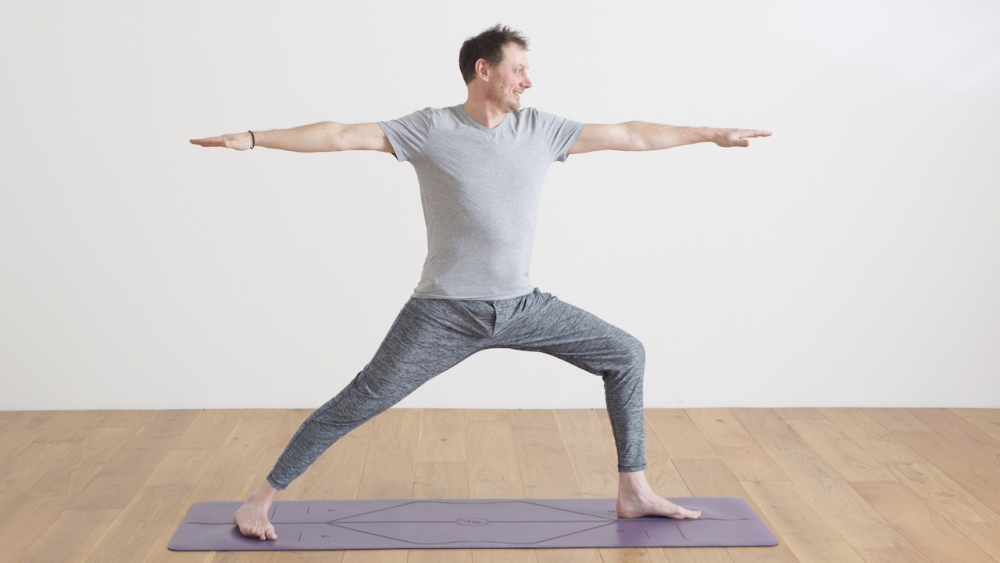This is what I have observed during more than 20 years of teaching. Of course, some of what happens on the yoga mat relates to what happens in your daily life. So some of these points may resonate with you even if you don’t practise yoga…
1. Too much focus on the shape of the pose
Just because you cannot get into the full expression of the pose, or practise the pose like your neighbour or teacher does, doesn’t mean that the steps you take to approach the full expression aren’t worth it! There is no such thing as a “perfect” pose. There is however a “perfect pose” for you. Every pose can be broken down, so if you have difficulty, ask the teacher for a variation. Pay attention yourself to the shape and actions of the pose: is it a backbend, forward bend? Where are the arms in relation to the shoulder and the legs in relation to the hips? Copy those basics elements and do something similar that your body can handle and that feels good! It’s about enjoying the stretch, where ever and when ever you feel it, making your body a bit more flexible over time.
2. Forgetting about your breath
Awareness of the breath keeps you safe. Observe how your breath reacts to your movements. If your breathing strains you are pushing yourself to far. As long as you can practise the poses with a natural easy breath, chances you are overdoing it are small!
Focusing on the breath in yoga has many benefits. It keeps the mind alert and present, since the breath is always happening “now”. When breath and movement synchronize the magic in yoga begins. The mind becomes quiet and we experience peace.
3. Pushing yourself too much, too quickly
It is natural to want to progress when you start practising yoga. So when you find a boundary by all means gently lean into it, but don’t push it… When you push your body a little too much you can scare it and your body will react by protecting itself and that boundary. Basically this means it will tighten up more and as a result, that boundary is a bit further out of reach the next time. You are likely to become less flexible and more tight. This is of course unpleasant.
Another scenario is if you push beyond your boundary you can run the risk of injuring yourself. If you push on a regular basis, after a few years an injury can arise and it won’t be so easy to heal.
When you master the art of playing your edge, your body will quite happily open up more, your body adapts slowly to what you ask of it. So if you give it time and ask kindly and it will respond!
4. Skipping the warm up
Warming up means introducing the body gently to what you want from it. You can warm up different ways. You can warm up through specific warming up exercises, bringing heat to the body through increased circulation. You should always warm up by doing the more simple poses first and slowly building to the more advanced pose. This reduces the chance of over stretching because the body is prepared.
5. Skipping the cool down / relaxation
In the cool down portion of a class you take the opportunity to balance what you have done. This is done through counter poses, softening what you have tried to strengthen, bringing stability back to an area you have loosened, etc..

This is the portion of the class where you assimilate the benefits. When you run back to your normal day after a strong practice your nervous system is most likely over stimulated and you may end up feeling scattered and nervous. When you give yourself time to relax, at least 6 minutes for every hour of asana (yoga pose) practice, your nervous system gets a chance to assimilate the benefits, reset and you will hopefully feel great the rest of the day!
Keep these 5 points in mind and your yoga practice will become more enjoyable!
Put these into practise!
To put some of these principles into practise, try Esther’s class, Let your body lead the way – where we open our minds to moving within the poses to find our own unique way of practising them so as to reap the greatest benefits, physically, emotionally and mentally.
This article was originally published on Care2.com

